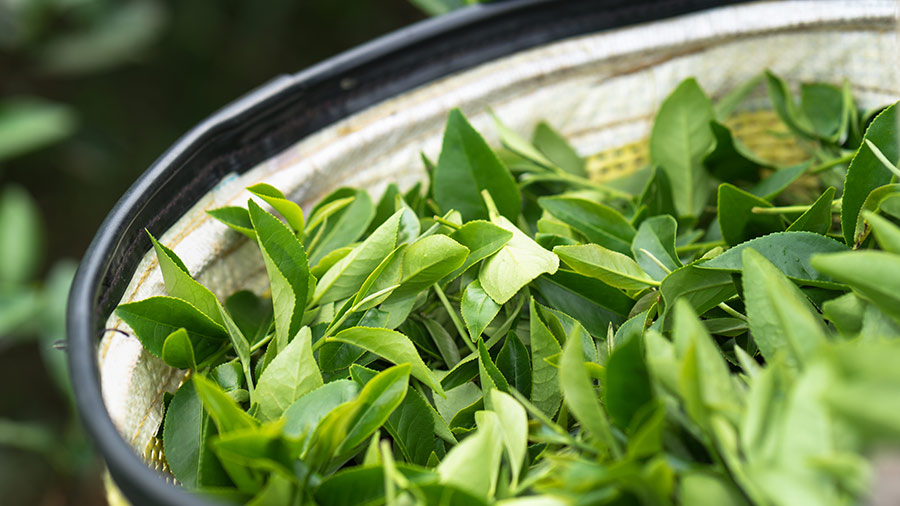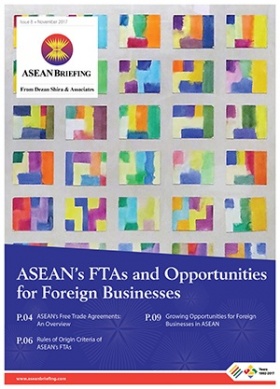Investing in ASEAN’s Tea Industry
The ASEAN region’s warm climate and fertile soil is suitable for tea cultivation. The consumer market is also regarded stable which makes the region’s domestic tea sector equally important. Investments in ASEAN’s tea industry remain positive. In this article, we look at the prospects for the tea industry in Singapore, Vietnam, Indonesia and Malaysia.
Singapore
Tea is increasingly becoming popular in Singapore.
Tea is considered as a healthier option to coffee in Singapore. Singapore’s consumer market is driven by Millennials which has a growing interest in speciality teas, regardless of the health benefits of drinking it. Singapore has also adopted a global industry trend that incorporates or blends tea into other aspects of daily lifestyle such as cocktails, or even cuisine. Some eateries in the country are already cooking with tea and cafes or restaurants have modified their menus to cater to tea lovers.Singapore’s combined exports of coffee, tea, mate and spices in 2017 was valued at US$224.06 million. On the other hand, imports of these commodities amounted to US$322.07 million. As Singapore does not possess a vast agricultural area, its produce is significantly lower.
Singapore’s total tea import from China was the highest compared to other neighboring countries, accounting for 36% or US$5.9 million in 2017.
Imports from Indonesia, Malaysia and Vietnam were also comparatively high at US$4.54 million, US$793,000 and US$438,000, respectively.
Vietnam
Black tea consumption in Vietnam is expected to grow by 2 percent, according to the world report on the tea outlook for 2027. On the other hand, production of green tea is also projected to substantially increase with an annual average growth of 6.8 percent despite the ongoing challenges on quality, affecting the price and export earnings of the country.
Asia’s export of black tea shows a negative growth in recent years except for Vietnam. At the same time, Vietnam’s export volume of green tea is projected to grow by 9 percent, more than double the expected growth rate of China which currently dominates the tea market.
However, there has been a decline of 11 percent in volume or 61,530 tons in Vietnam’s overall exports of tea in mid-July of 2018 due to poor quality and intense competition brought about by international integration. According to the Vietnam Tea Association, the country can solve this problem by processing higher quality of teas that will lead to higher sales prices and earnings for tea farmers.
Pakistan remains the largest tea consumption market forVietnam. In 2017, its import of tea accounted for US$12.88 million or 28 percent of its total coffee, tea or spice imports. Vietnam’s export to Pakistan in 2016 reached 57 percent or US$78.6 million worth of its total coffee, tea or spice exports.
Indonesia
Currently the 8th largest tea producer in the world, Indonesia exports about 65 percent of its produce.
However, tea production has decreased over the past decade and total exports have been under pressure. The decline is attributed to a decrease in size of tea plantation from 153,675 hectares (ha) in 2000 down to 113,808 ha in 2018.Indonesia’s export share of the tea market constitutes only 3 percent. Generally, the rising prices and cost of production has led tea farmers to switch to higher-yielding crops such as palm oil, rubber and vegetables. Over the years, tea production in Indonesia has fallen from 146,682 metric tons in 2014 to 139,362 metric tons in 2018.
According to the government’s tea outlook report tea production is expected to reach 141,625 metric tons by 2021. However, exports are projected to decrease by 1,256 metric tons in 2021.
Malaysia is the top export destination for Indonesian tea, followed by Pakistan, Germany, United States and Poland. A 20 percent import duty is imposed on tea from non-ASEAN countries and most imports come from Argentina, Kenya, India, Iran and Vietnam.
Malaysia
Between 2007 and2016, Malaysia’s tea consumption and share of the global market achieved a 4.9 percent growth. 60.12 percent of Malaysians consume tea regularly as shown by a recent survey.
Tea production in Malaysia reached 11,300 metric tons as of 2016, a notable increase from 9,760 metric tons in 2015. Although tea is not among Malaysia’s top export products, it is exported to China and India which are the largest tea exporters in the world. According to the United Nations COMTRADE database on international trade, China imported a total of US$53.5 million worth of tea from Malaysia in 2017 while India’s import of tea was valued at US$12.4 million. Tea is also exported to neighboring countries such as Vietnam (32%), Indonesia (12%) and Myanmar (41%).
About Us
ASEAN Briefing is produced by Dezan Shira & Associates. The firm assists foreign investors throughout Asia from offices across the world, including in Singapore, Hanoi, Ho Chi Minh City, and Jakarta. Readers may write asia@dezshira.com for more support on doing business in ASEAN.
- Previous Article Taking Advantage of ASEAN’s FTAs
- Next Article Export Procedures in ASEAN








